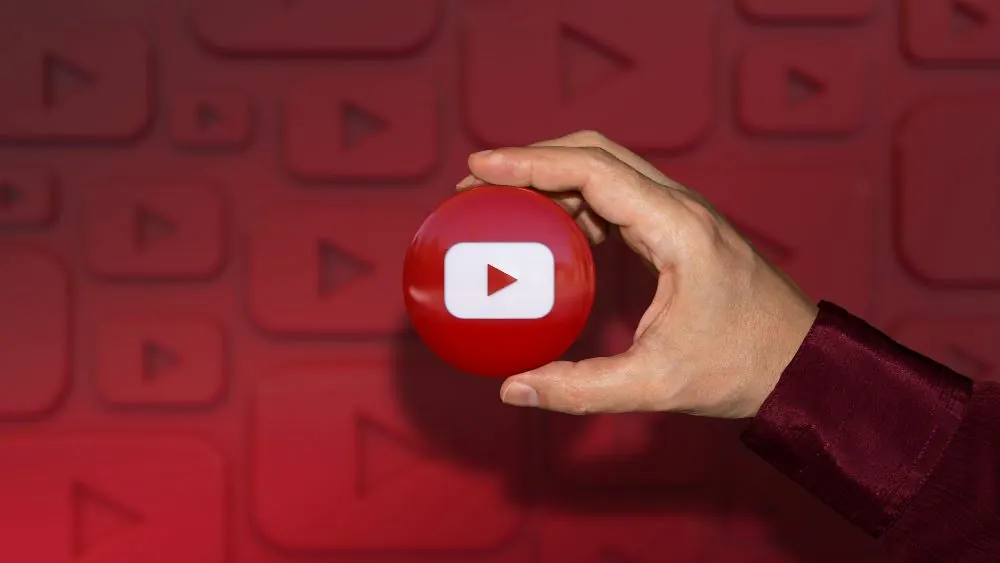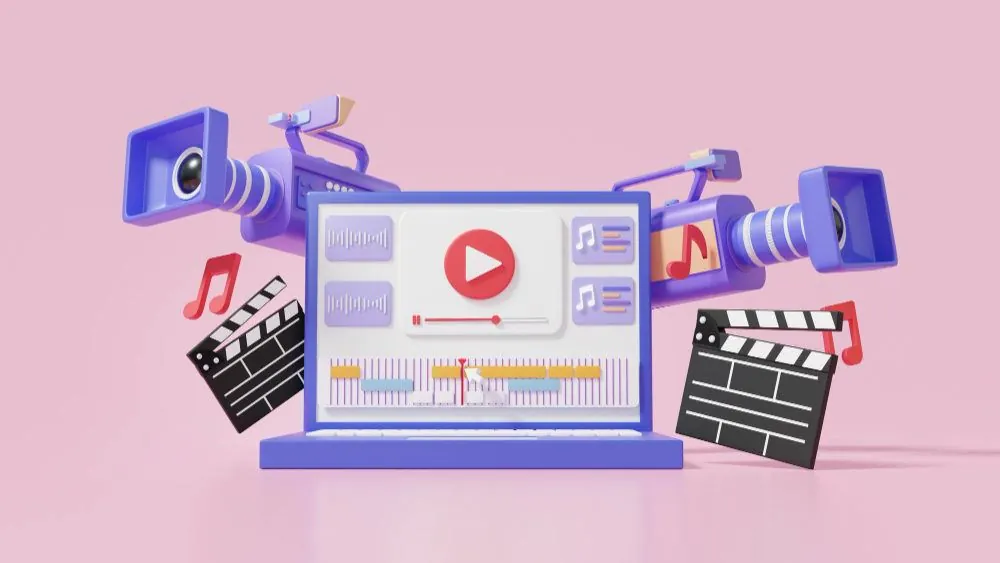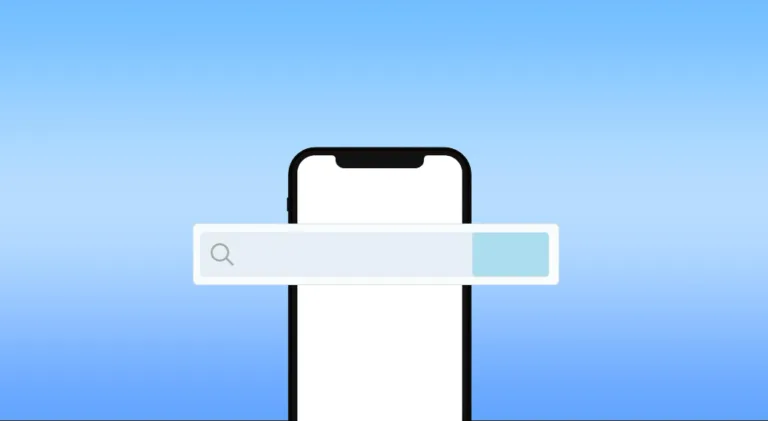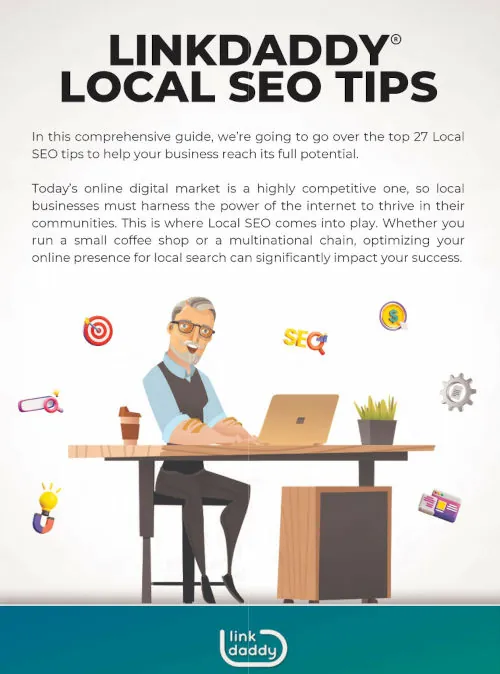
Hey there, content creators and digital marketers! Are you looking to up your game in video content optimization? Well, you’ve come to the right place. In this blog post, we’re going to delve into how you can rank higher on two of the biggest search engines for video content: YouTube and Google.
First things first, we all know that video content is king. As the world becomes increasingly digital, video has become the most popular and effective medium for engaging audiences. But with so many videos out there, how can you make sure your content stands out? That’s where video optimization comes in.
YouTube is the second largest search engine in the world, and Google owns it. This means that optimizing your videos for both platforms can help you reach a wider audience and improve your search engine rankings. So, what are the key factors for ranking higher?
We’ll cover everything from choosing the right keywords and creating engaging titles to optimizing your video description and tags. We’ll also touch on the importance of audience engagement, such as likes, comments, and shares, and how it can impact your video’s ranking.
But it’s not just about the technical aspects of video optimization. We’ll also take a look at how you can create high-quality, engaging content that will keep your audience coming back for more. After all, great content is what truly sets you apart from the competition.
So, let’s dive in and discover how to optimize your video content for maximum visibility and engagement. Are you ready to take your video content to the next level? Let’s get started!
The Importance of Video Content Optimization
Video content has become a vital part of modern-day communication. With the rise of social media and the internet, video content has gained much popularity and has become an essential tool for businesses and individuals alike. However, creating a video is not enough. To make your video stand out, it is important to optimize it. Video content optimization ensures that your video ranks higher on search engines and gains more visibility.
One of the key reasons why video content optimization is important is that it helps increase engagement. Optimized videos are easily searchable and shareable, which means that your audience can easily find and share your video with others. This, in turn, leads to increased engagement and more views. Moreover, video optimization also helps improve the quality of the video, making it more appealing to the audience.
Another reason why video content optimization is important is that it helps improve the overall user experience. Video optimization ensures that your video loads quickly and runs smoothly, which is essential for keeping your audience engaged. This is particularly important in today’s fast-paced world, where people have little patience for slow-loading videos.
Finally, video content optimization is important for SEO. Optimized videos are more likely to rank higher on search engines, which means that they are more likely to be discovered by your target audience. This can lead to increased traffic to your website and more conversions.
YouTube’s Algorithm and Ranking Factors that impact Video Content Optimization

If you’ve ever spent hours scrolling through YouTube, you’ve probably wondered how the platform decides what videos to show you. That’s where YouTube’s algorithm and ranking factors come in.
First things first: what is an algorithm? In simple terms, it’s a set of rules or instructions that a computer program follows to complete a task. In YouTube’s case, the algorithm is designed to analyze and sort through the massive amount of content on the platform, ultimately deciding which videos to recommend to users.
So, what factors does the algorithm take into account when making these decisions? There are a few key ones:
- Watch time: This is the amount of time that viewers spend watching a video. The more watch time a video has, the more likely it is to be recommended by the algorithm.
- Engagement: This refers to things like likes, comments, and shares. Videos with high engagement are seen as more valuable and engaging to viewers.
- Relevance: The algorithm tries to show users videos that are relevant to their interests and search queries. This means that keywords, tags, and descriptions are all important factors in a video’s ranking.
- Quality: Videos that are well-produced and visually appealing are more likely to be recommended than those that are low-quality or poorly edited.
Of course, these factors are constantly changing and evolving as YouTube’s algorithm is updated and improved. It’s a complex system that takes into account a wide range of data and metrics in order to deliver the best possible experience to users.
So, next time you find yourself binge-watching YouTube videos, remember that there’s a whole algorithm working behind the scenes to bring you the content you love. And who knows, maybe one day your own videos will be ranking high thanks to YouTube’s algorithm and ranking factors!
Google’s Ranking Factors that impact Video Content Optimization

If you’re a content creator, you know that Google is the ultimate gatekeeper when it comes to getting your content seen by the masses. And when it comes to videos, the stakes are even higher. That’s why it’s important to understand Google’s ranking factors for videos.
First things first, Google uses a variety of factors to determine the ranking of videos in its search results. These include:
- Relevance: This is pretty straightforward. Google wants to show users videos that are relevant to their search query. So, if someone searches for “how to make lasagna,” Google will prioritize videos that show people making lasagna over videos about other types of pasta dishes.
- Engagement: Google wants to show users videos that people want to watch. So, videos with high view counts, likes, comments, and shares will rank higher than videos with low engagement.
- Authority: Google wants to show users videos from trusted sources. So, videos from reputable channels or creators with a strong following will rank higher than videos from unknown sources.
- Optimization: Just like with text-based content, Google needs to be able to understand what your video is about. That’s why optimizing your video’s title, description, and tags is crucial for ranking.
- User Experience: Finally, Google wants to show users videos that provide a good user experience. This means videos that load quickly, have clear audio and visuals, and are easy to watch on different devices.
So, there you have it – Google’s ranking factors for videos. By keeping these factors in mind and creating high-quality, engaging videos that are optimized for search, you’ll be well on your way to getting your content seen by the masses.
Preparing for Video Content Optimization
Identifying the Target Audience and Search Intent
First things first, ask yourself who you want to reach with your video. Is it a specific age group, gender, or interest? Once you’ve figured out who your target audience is, you can start tailoring your video to their wants and tastes.
Next, think about their search intent. What are they searching for when they come across your video? Is it knowledge, pleasure, or a solution to a problem that they seek? By understanding their search intent, you can create content that meets their needs and keeps them engaged.
For example, let’s say you’re creating a video about healthy meal prep for busy parents. Your target audience is busy parents who want to make healthy meals for their families but don’t have a lot of time. Their search intent is to find quick and easy healthy meal ideas. So, you can create a video that showcases healthy meal prep hacks, quick and easy recipes, and time-saving tips that will appeal to your target audience.
By identifying your target audience and their search intent, you can create videos that not only stand out but also provide value to your viewers. So, get ready to optimize your videos and reach your desired audience!
Crafting an Engaging Title and Thumbnail

In this step, we’ll be focusing on crafting an engaging title and thumbnail for your video. These two elements are crucial in attracting viewers and encouraging clicks, as they are the first things potential viewers will see.
When creating your title, it’s important to make it clear and concise while also incorporating relevant keywords. This will not only help viewers understand what your video is about, but it will also make it easier for search engines to identify and rank your video. Avoid clickbait titles and instead aim for an accurate representation of your video’s content.
The thumbnail is equally important, as it serves as a visual representation of your video. It should be eye-catching and related to the content of the video. Consider using high-quality images or screenshots from your video to create a custom thumbnail. Avoid using generic or unrelated images, as this can be misleading for viewers.
For example, if your video is about “10 Easy DIY Home Decor Ideas”, your title could be “10 DIY Home Decor Ideas for a Cozy and Stylish Living Space” and your thumbnail could feature a collage of the DIY projects showcased in the video.
Remember, a well-crafted title and thumbnail can significantly impact the success of your video, so take the time to get them right.
Using Video Transcripts for Improved Searchability
Video transcripts are written versions of the spoken content in your video. They not only make your video more accessible to those who are hard of hearing but also improve your video’s searchability. By including a transcript of your video, search engines can crawl and index the text, making it easier for users to find your video.
So how do you create a video transcript? There are a few options. You can either hire a professional transcription service or use automatic transcription software. If you choose to go with automatic transcription software, be sure to review and edit the transcript for accuracy and clarity.
Once you have your video transcript, you can upload it to your video’s description or add it as a separate file. Be sure to include relevant keywords in your transcript to improve your video’s searchability.
In addition to improving your video’s searchability, video transcripts can also help with viewer engagement. Some viewers may prefer to read along with the video or refer back to specific parts of the content.
Creating a video transcript is an easy and effective way to improve your video’s searchability and accessibility. So don’t skip this step in your video optimization process.
Video Content Optimization: Creating Audience Relevant Content

Creating high-quality audience relevant video content is one of the most effective ways to build a strong online presence and engage with your target audience. With the increasing popularity of video marketing, it’s more important than ever to produce engaging and informative videos that resonate with your viewers.
So, what does it take to create high-quality audience relevant video content? It all starts with understanding your audience. Who are they, what are their interests, and what kind of content do they consume? Once you have a clear picture of your audience, you can begin to brainstorm video ideas that align with their interests and needs.
Here are some examples of high-quality audience relevant video content:
- How-to videos: These types of videos are perfect for demonstrating how to use your products or services. For example, if you sell kitchen gadgets, you could create a video showing how to use one of your products to make a delicious recipe.
- Product reviews: People love to hear what others think about products before they buy them. Creating product review videos can help build trust with your audience and drive sales.
- Behind-the-scenes footage: Giving your audience a glimpse into your business can be a great way to build a connection with them. For example, you could create a video showing your team working on a project or preparing for an event.
- Educational videos: If you have expertise in a certain area, consider creating educational videos that teach your audience something new. For example, if you’re a fitness trainer, you could create a video series on how to get in shape.
- Entertainment videos: Not every video has to be serious or informative. Creating entertaining videos that make your audience laugh or smile can help build brand loyalty and keep viewers coming back for more.
Creating high-quality audience relevant video content is all about understanding your audience and providing them with content that resonates with their interests and needs. With the right strategy, video marketing can be a powerful tool for growing your business and engaging with your target audience.
Video Content Optimization: Promoting Your Video Content

Uploading Videos to Your Website Instead of Relying Solely on YouTube
Are you tired of relying solely on YouTube for your video content? Well, you’re in luck, because today we’re going to talk about the benefits of uploading videos directly to your website.
First and foremost, having videos on your website can help increase traffic and engagement. When visitors come to your site, they’re more likely to stay longer if there’s video content for them to watch. Plus, having videos on your site can help improve your search engine optimization (SEO) by keeping visitors on your site longer and reducing your bounce rate.
Another advantage of hosting your videos on your website is that you have complete control over the user experience. You can customize the video player to match your website’s branding and design, and you can choose how the video is displayed and what happens after it ends. Plus, you can add calls-to-action and other interactive elements to encourage visitors to take action after watching your video.
But what about the cost? Isn’t it expensive to host videos on your own website? Actually, it doesn’t have to be. There are plenty of affordable video hosting platforms available, and some even offer free plans with limited storage and bandwidth. Plus, by hosting your own videos, you don’t have to worry about YouTube ads or other distractions that can take away from your message.
Of course, there are still benefits to using YouTube as part of your video marketing strategy. It’s the second-largest search engine in the world, and having a presence on the platform can help increase your visibility and reach a wider audience. But by hosting videos on your own website in addition to using YouTube, you can have the best of both worlds.
Sharing Videos on Social Media and Other Relevant Platforms
Social media and other relevant platforms provide a perfect avenue for sharing your videos with the world. With the rise of social media platforms such as Facebook, Twitter, Instagram, and YouTube, sharing videos has never been easier.
Gone are the days when you had to send DVDs or CDs to your friends and family to share your videos. With social media platforms, you can share your videos with just a click of a button. The best part is that you can reach a wider audience and get instant feedback on your videos.
When it comes to sharing videos on social media, it’s crucial to choose the right platform for your content. For instance, if you’re creating short and snappy videos, then platforms like Instagram and TikTok might be perfect for you. On the other hand, if you’re creating more informative and educational videos, then YouTube might be the ideal platform for you.
Another thing to consider is the format of your videos. Different platforms have different video format requirements, so make sure your videos are optimized for the platform you’re sharing them on. For example, Instagram videos should be in square format, while YouTube videos should be in landscape format.
Lastly, it’s important to engage with your audience when sharing videos on social media. Respond to comments, solicit feedback, and urge fans to share your films with their friends and family. This will help you expand your reach and audience.
Video Content Optimization: Monitoring Video Performance Through Analytics

Are you curious about how to monitor video performance through analytics? Well, it’s easier than you think. In this day and age, video content is king, and knowing how to measure the success of your videos is crucial. With the help of analytics, you can track metrics like views, engagement, and even revenue. So, let’s dive in!
First and foremost, it’s important to choose the right analytics tool for your needs. There are plenty of options out there, ranging from free options like Google Analytics to more comprehensive paid tools like Wistia. Depending on your goals and budget, you’ll want to choose the one that best fits your needs.
Once you’ve chosen your analytics tool, it’s time to start tracking. The most basic metric to monitor is views, which tells you how many times your video has been seen. This is a great starting point, but it doesn’t tell the whole story. You’ll also want to track engagement metrics like likes, comments, and shares. These metrics give you a better idea of how your audience is interacting with your video.
Another important metric to monitor is retention rate. This metric tells you how long your viewers are sticking around for. If you see a drop-off in retention rate at a certain point in your video, it may be a sign that you need to adjust your content to keep viewers engaged.
Finally, if you’re using video as a source of revenue, you’ll want to track metrics like conversion rate and revenue generated. These metrics will give you a better idea of how your videos are contributing to your bottom line.









